

Unsung Beauty of Analog Devices Datasheets
source link: https://neil.computer/notes/analog-devices-datasheets/
Go to the source link to view the article. You can view the picture content, updated content and better typesetting reading experience. If the link is broken, please click the button below to view the snapshot at that time.

Unsung Beauty of Analog Devices Datasheets
Engineers build stuff. They need to put together complex systems, most often from pieces that others have built. I jokingly talk to my colleagues that software engineering is similar to plumbing - take various pieces of software and link them through an interface (API or in case of real plumbing - connectors, standardized threads and elbow pieces - I am serious about this analogy). The key to building things faster, better and with less errors is to be able to understand the interface between pieces. Companies such as Stripe have doubled down on their documentation - it is gorgeous, check it out: https://stripe.com/docs/api
Stripe's design is choke-full of extremely small details - subtle shadows, gradients, little bits of animation and the feeling of "buttery smoothness" as one glides across an enormous amount of information. There is another side of the coin - ultra-functional, straight up unapologetically unadorned, shall we call it - Brutal - in the sense of brutalist functionalism in architecture (and lately web-design), that is the Analog Devices datasheets. They produce one of the most well put together documentation of complex "APIs" ever. Take a look - for example, their latest D/A convertor, AD5679R, and its datasheet.
Each ADI device is carefully analyzed, its performance characterized using sophisticated metrology setup and calibration. They share all this data for engineers to make better decisions, make fewer errors and know the limits of operation. There is much to learn from this. Not only do they provide specifications, but a physical evaluation board (at a cost) and free to use reference designs. They're well-engineered with best practices and provide key insights into the operation of specific ADI components. Furthermore, looking at the reference design is enough to convince the engineer - barring costs (ADI components are usually expensive), they make specific circuits extremely easy to implement and have reliable, predictable performance.
I just want to thank the entire team at Analog Devices for paying intense attention to detail in their documentation, make it easy to access - datasheet links are everywhere on their website, a user doesn't even have to go to the product page to download. Moreover, all links are directly to PDFs, there is no need to register. They've ensured absolutely zero impedance (pardon the pun) for their customers to access the most critical piece of information they need - i.e., the almighty datasheet.
Amazing really, and it needs to be known outside of the electrical engineering world. We need to do a better job of documentation anywhere and everywhere we work - no matter what type of job we have.
I've taken a few snaps to share, but I plead you to download [pdf] in its fully glory.
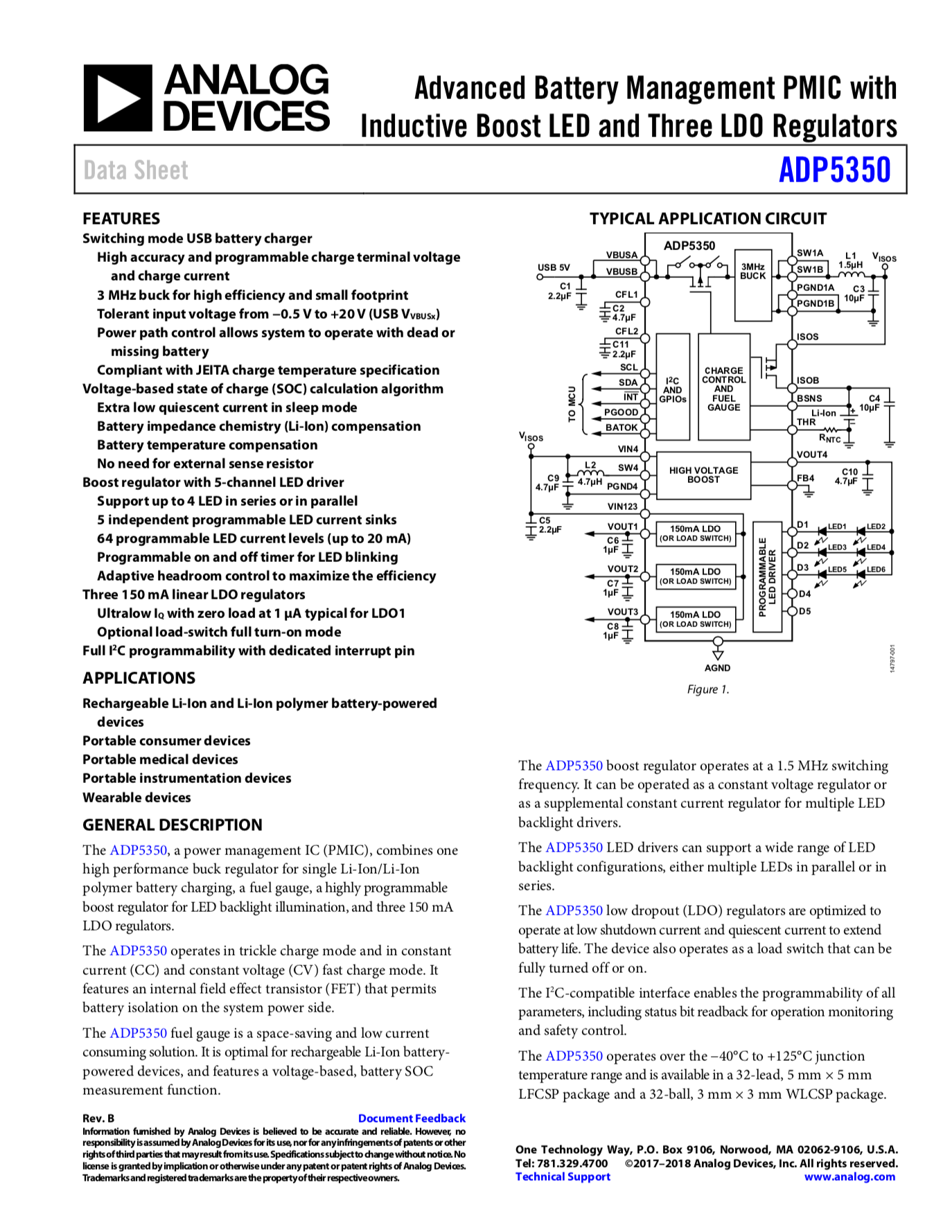 Analog Devices Datasheet for a PMIC (Power management IC)
Analog Devices Datasheet for a PMIC (Power management IC)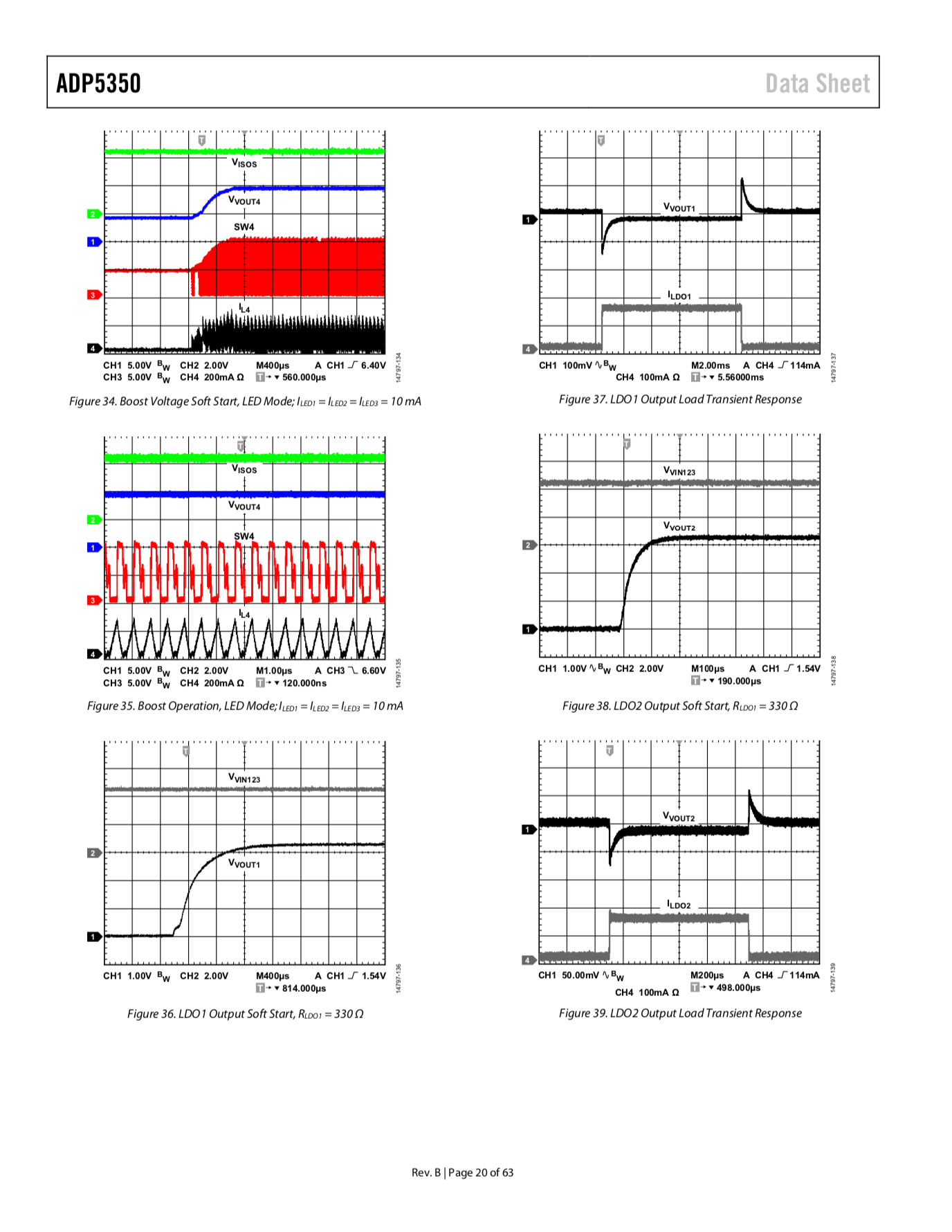 Device Characterization
Device Characterization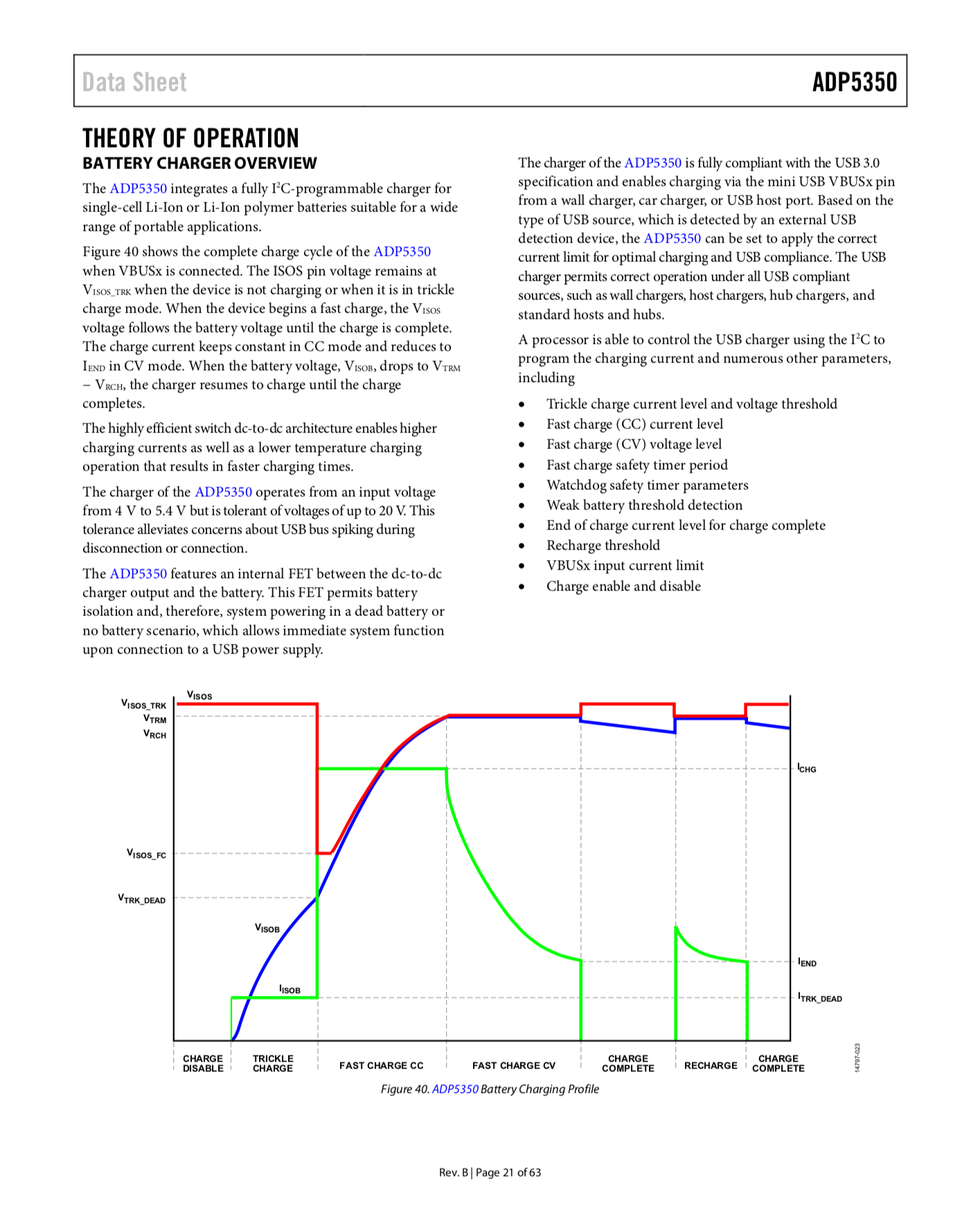 Brutalist color palette in plots
Brutalist color palette in plots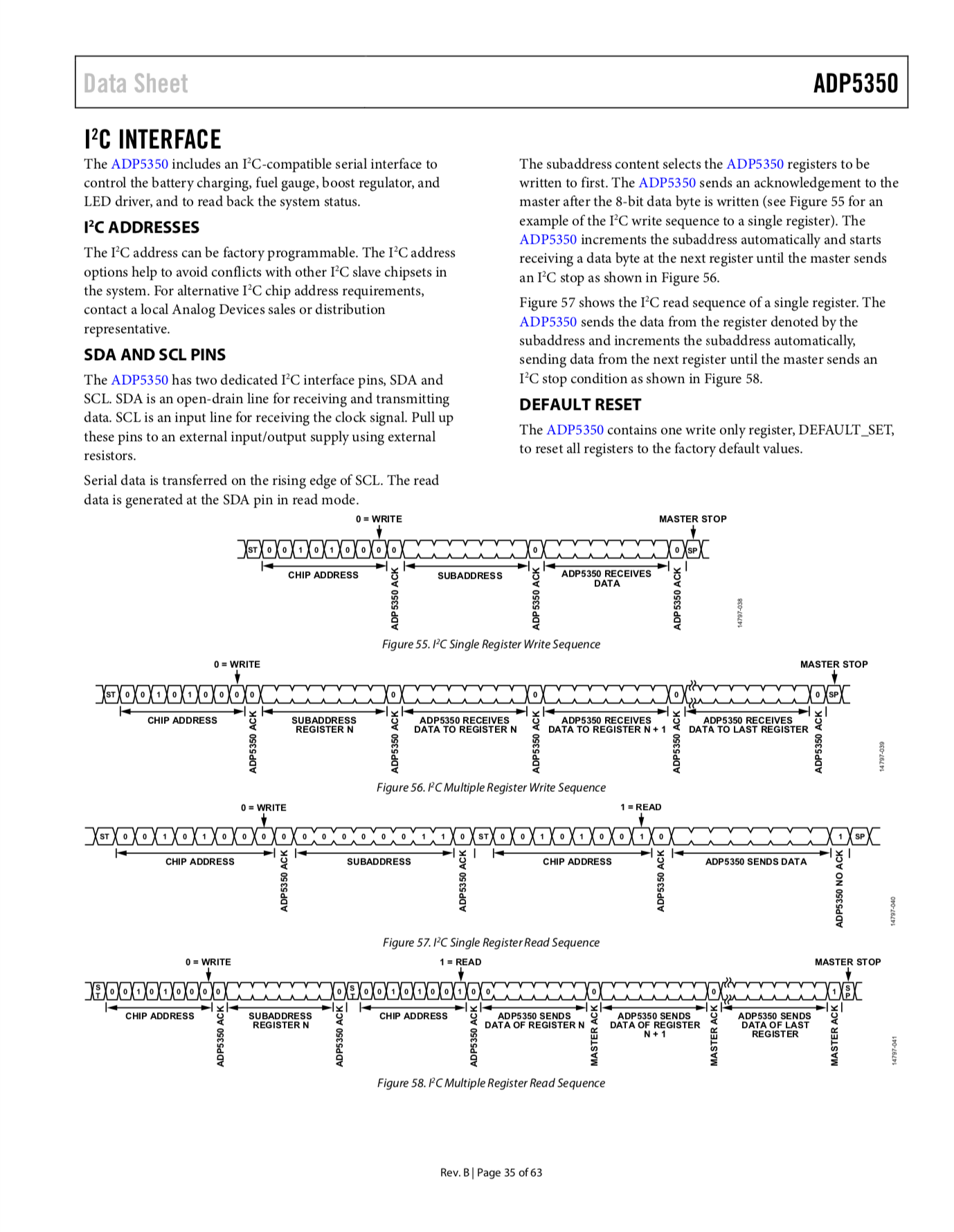 I2C Interface
I2C Interface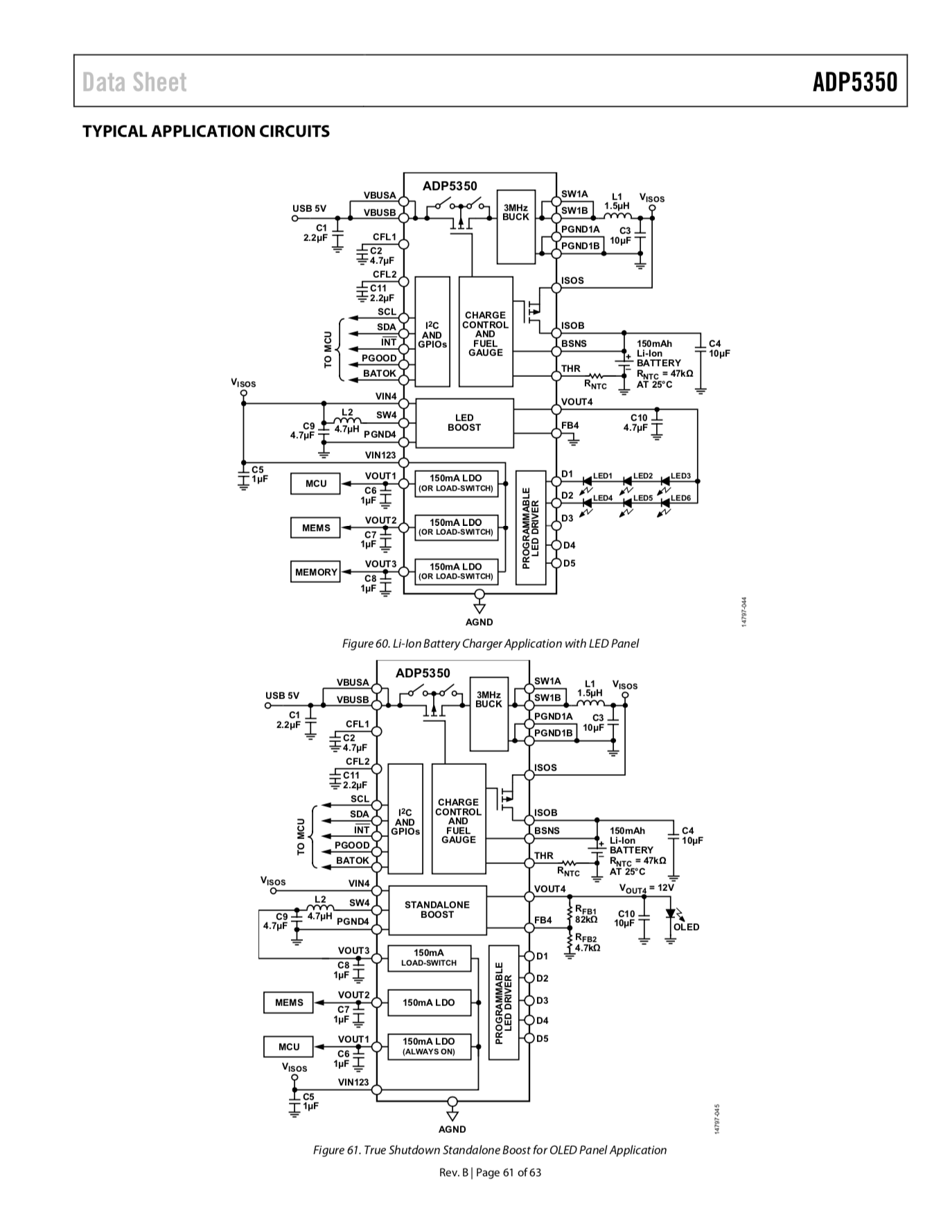 AD's new low power PMIC, typical application block diagram
AD's new low power PMIC, typical application block diagram 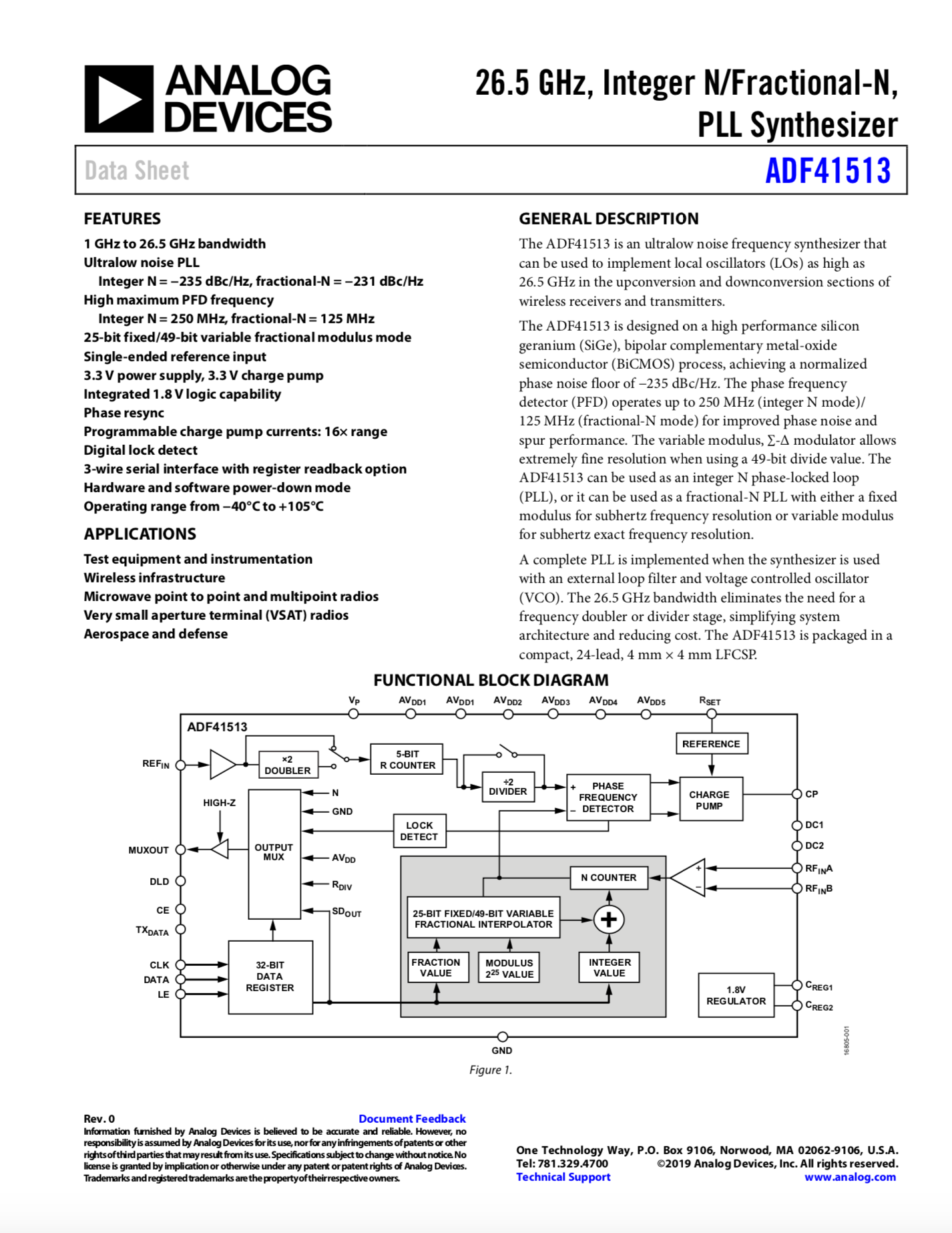 Block Diagram
Block Diagram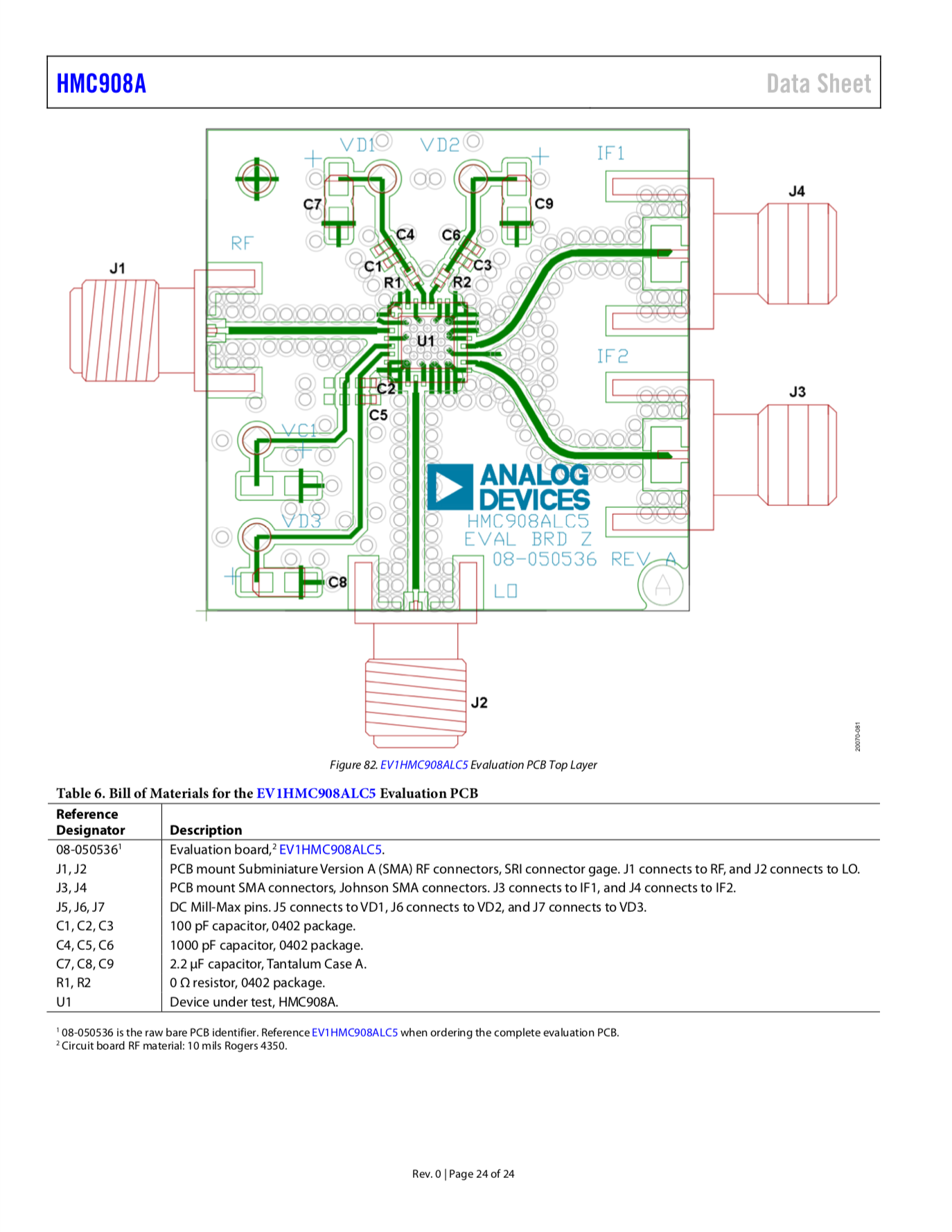 RF Layout
RF Layout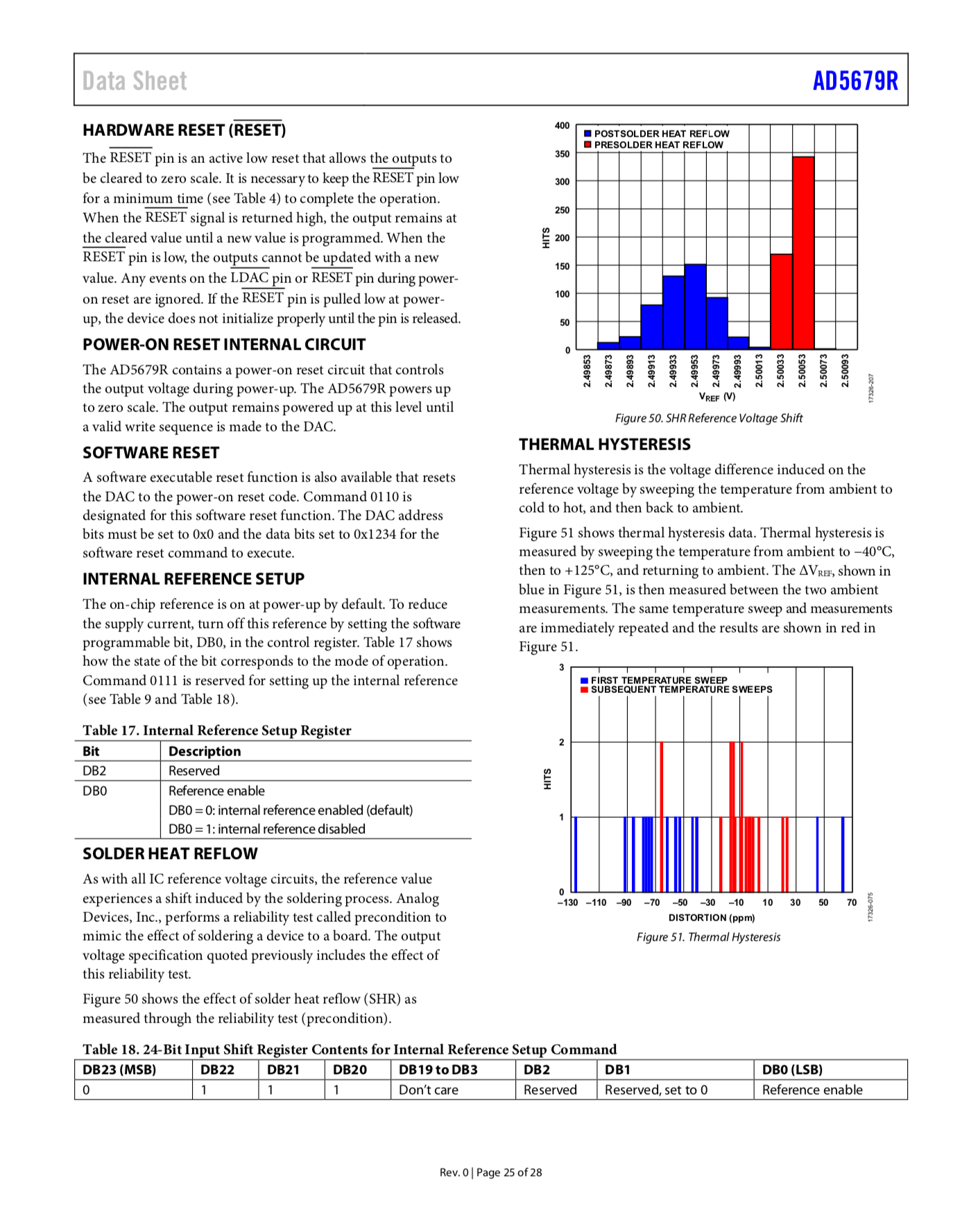 Reflow and Thermal Hysteresis Analysis
Reflow and Thermal Hysteresis Analysis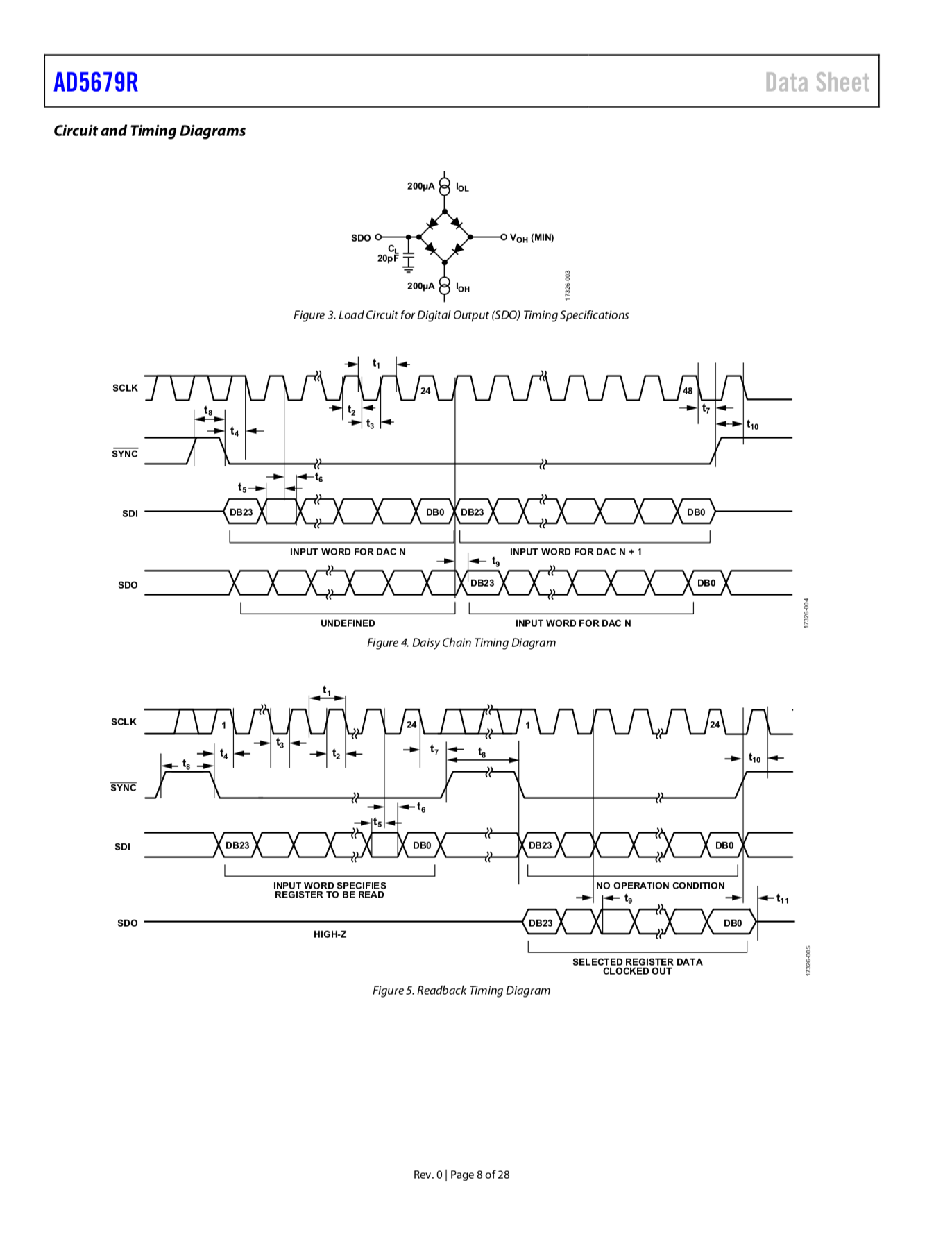 Timing Diagram
Timing DiagramChange log
Edit 1: Grammar
Edit 2: Altered the acronym AD to ADI, as I saw many comments referring to Analog Devices as ADI
Recommend
About Joyk
Aggregate valuable and interesting links.
Joyk means Joy of geeK